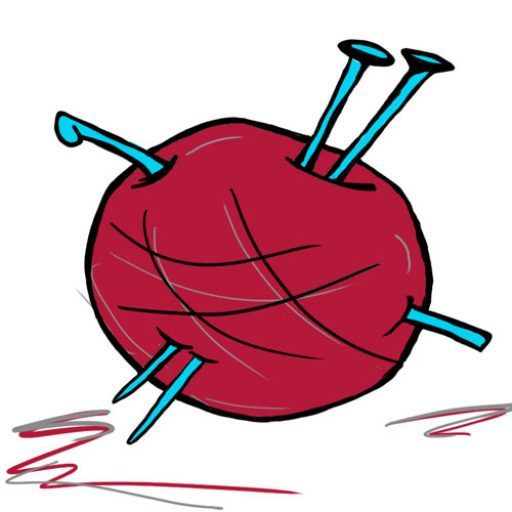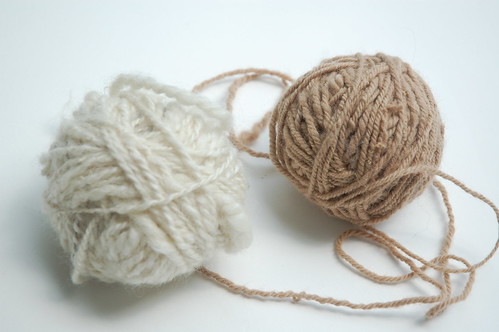Folklore is one of my favorite places to draw inspiration from, so when the Octagon Center for the Arts asked me to participate in a “Folk Lore Summer Art Camp” I jumped on it. I packed up my spinning wheel, tapestry loom, weaving and spinning samples, drop spindles, carding paddles, and printed out a few of my favorite stories dealing with Spinning and Weaving and the main themes.
The kids liked the stories and shouted out to fill in the parts they knew. And they really enjoyed seeing and playing with handspun yarn and handwoven fabrics. The more there is to feel and play with the better. I talked a bit about how yarn is spun, woven into cloth, and then sewn into the daily items we used. I showed them how the spinning wheel works, how the tapestry loom is used, and then we made some simple draw string bags. It was funny because I started with the older kids (7-9ish I think) and they took a full hour to make their bags, the younger kids (4-6ish) whipped them up and were expert stitchers – completely finished in just 20 minutes, many of them were sewing for the first time too! Out of the 20 something kids, only 2 were really kind of snarky and even they weren’t bad. I’m starting to like teaching these kids workshops. Things like just making a straight stitch is fun and like magic to them – well, most of them anyway.
My all time favorite spinning story is Rumpelstiltskin – I’ve thought it was so strange since the first time I heard it. If anything, just for the end. I mean, could you imagine pulling on your leg so hard to get it out of the floor that you rip yourself in two? What a way to go out. Riiipppppp! Yikes.
And my all time favorite weaving story is the Crane Wife. I first was introduced to it in college when we watched a series of Russian stop animations films based on japanese folk tales. You can see it here:
It’s interesting how spinners are seen as crafty, manipulative, witches, spinsters – well, where do you tink the term came from anyway? Where as weavers are seen as wise, smart, full of compassion, skilled, valued. And maybe this has to do with the fact that traditionally, women spun and men wove. Did you know that? In many weaving cultures, it was the men who where the weavers. Granted this changed over time, and there are always exceptions. Or even many.
We are actually hoping to have an ames c.art stop animation movie night soon. We have this big fancy flat screen that I can plug my computer into, why not use it for streaming some select stop animation shorts from youtube.
What is your favorite craft related folk/fairy tale? What is your favorite folk/fairy tale inspired craft project?
I found a really great thread that is all different stories related to fibers here and allfiberarts has a page devoted to it here.
Well, I have a ferret stuck in the couch -annoying, but funny- and need to coax her out of it.
Have a great night!
Kristin


Your mention of the Crane Wife made me smile– though I have to admit I had never heard of the story until a couple years ago when listening to the Decemberists album of the same name.
I don’t know if it’s my favorite, but the folk tale that’s coming to mind is actually The Emperor’s New Clothes… I guess because it’s also sewing-related!! (And while I’m on the subject, I also can’t help thinking of the scene in the Disney version of Cinderella where the mice and birds are making her dress… one of my favorite parts of that movie.)